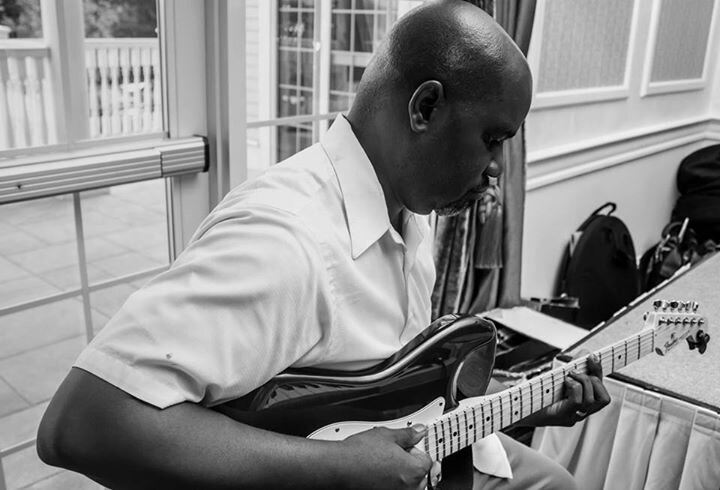In a recent blog post about Chords, I talked about the 4 most commonly used chord types – Major, Minor, Diminished, and Augmented! In most popular contemporary music, the most common chords used are Major and Minor chords.
But Mr. PIBE, how are these chords created or formed? Major chords are formed on different notes on the scale: 1, 4 and 5. Minor chords are formed on notes 2, 3, and 6. Each note in a scale is assigned a number from 1 to 7. For example, in the key of C Major, C is 1, and D is 2 etc.
C-1 D-2 E-3 F-4 G-5 A-6 B-7 C-1
Chords are formed by playing alternating notes simultaneously. C Major is C-1 E-3 G-5. This chord is a major chord because there’s a major 3rd between C and E, and a minor 3rd between E and G. D Minor is D-2 F-4 A-6. So you could play a chord on every note in the scale. Each chord has a type based on the position in the scale.
1 – Major (C Major)
2 – Minor (D Minor)
3 – Minor (E Minor)
4 – Major (F Major)
5 – Major (G Major)
6 – Minor (A Minor)
7 – Diminished (B Diminished)
So there you have it. The secret of which chords are used on which position on the scale. Go forth and prosper! And remember that everyday is an opportunity to Play It By Ear
P. I. B. E.
Today is another opportunity to Play It By Ear
P.I.B.E.

